The Most Popular Family Therapy: Structural Family Therapy
While there are several effective approaches to family therapy, Structural Family Therapy (SFT) is often considered one of the most popular and widely used methods. Developed by Salvador Minuchin, SFT focuses on restructuring the family system to improve functioning and resolve issues.
Overview of Structural Family Therapy (SFT)
Key Concepts
Family Structure:
The organized pattern in which family members interact.
Emphasizes the roles and boundaries within the family system.
Subsystems:
Smaller units within the family, such as parental, sibling, or spousal subsystems.
Each subsystem has its own interactions and boundaries.
Boundaries:
Rules defining who participates in which interactions and how.
Can be clear, rigid, or diffuse, affecting the family’s functioning.
Goals of SFT
Strengthen the Family System: Improve the family’s overall functioning by restructuring the interactions and roles.
Enhance Communication: Facilitate better communication and understanding among family members.
Resolve Conflicts: Address and resolve conflicts by changing dysfunctional interaction patterns.
Techniques
Joining: The therapist establishes rapport with the family to understand its dynamics.
Enactment: Family members act out specific scenarios to reveal and address issues.
Boundary Making: The therapist helps family members define and adjust boundaries to improve interactions.
Sources:
Psychology Today: Structural Family Therapy
GoodTherapy: Structural Family Therapy
Other Popular Family Therapies
While SFT is highly popular, several other family therapy approaches are also widely used and effective:
1. Strategic Family Therapy
Overview: Developed by Jay Haley, this approach focuses on solving specific problems through strategic interventions and tasks.
Key Techniques:
Directives: Specific tasks assigned to family members to change interaction patterns.
Paradoxical Interventions: Prescribing the symptom or suggesting the opposite behavior to create awareness and change.
Sources:
Verywell Mind: Strategic Family Therapy
GoodTherapy: Strategic Family Therapy
2. Bowenian Family Therapy
Overview: Murray Bowen’s approach focuses on understanding intergenerational patterns and their impact on current family dynamics.
Key Techniques:
Genograms: Visual representations of family relationships and histories.
Differentiation of Self: Helping family members separate their thoughts and emotions from those of others.
Sources:
Psychology Today: Bowenian Family Therapy
GoodTherapy: Bowenian Family Therapy
3. Narrative Family Therapy
Overview: Developed by Michael White and David Epston, this approach centers on the stories families tell and how these narratives shape their experiences.
Key Techniques:
Externalization: Viewing problems as separate from individuals.
Re-authoring: Creating new, empowering narratives.
Sources:
GoodTherapy: Narrative Therapy
PsychCentral: Narrative Therapy
Conclusion: Comprehensive Coverage by MMH
At Moriel Mental Health (MMH), we cover all these popular family therapy approaches to ensure that we can meet the diverse needs of our clients. Whether you prefer Structural Family Therapy, Strategic Family Therapy, Bowenian Family Therapy, or Narrative Family Therapy, our experienced therapists are equipped to provide the most suitable treatment for your family.
If you’re interested in exploring family therapy and seeing how it can benefit your family, please contact us at Moriel Mental Health to book an appointment. We work all throughout California and are here to support you on your journey towards healthier and happier family relationships. At MMH, we are committed to providing the care and guidance you need.

